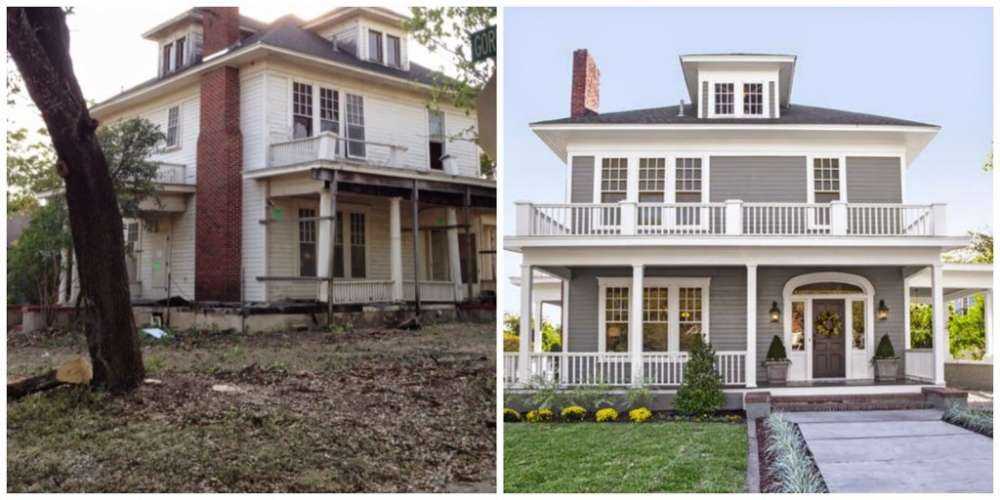BY RON BARCLAY
I have recently sold a number of homes which either require much renovations or are to be torn-down. There are a number of mature neighbourhoods in the GTA that currently have quite a few homes that are being rebuilt or extensively renovated. So what are the advantages of buying a fixer-upper and what are the advantages of buying a tear-down?
One of the great things about buying a fixer-upper is that every time is the right time; it is not dependent upon whether the real estate market is hot or cold. Real estate properties that need some tender loving care can be a real bargain during any real estate climate. The best fixer upper is the home that everybody will covet when it is fixed up, but few can see past its imperfections to see the potential.
Location, location, location. Location drives saleability. Buying a fixer-upper or a tear-down can be a wonderful opportunity to acquire property in a neighborhood that is expensive. For some, it is the only way. Fixer-uppers are usually on terrific lots that are big, wide, private or otherwise scenic. So usually the selling feature of the property is the location and the lot itself. Those details obviously can’t be changed. The home’s interior and exterior can.
Buying a fixer-upper or a tear-down is a great way to obtain a custom-made home. Whether you are the designer and builder or whether you hire an architect and a general contractor, a fixer-upper is a wonderful way to create your dream home. Depending on how much work needs to be done, these homes open a world of opportunity to choose your flooring, your kitchen, your bathrooms and much more.
For that reason, fixer-uppers can provide much pride and satisfaction. I have had the privilege of selling countless fixer-uppers to many clients. When I return months later to say “hi” and see how they are doing, I am always incredibly happy to see such wonderful transformations. And my clients are always beaming with smiles, as they show off their “new” home. It is heart-warming to see.
During my twenty five year career as a real estate agent, I’ve also assisted many people with buying tear-down properties. In some cases, a buyer may be interested in the land on which a house sits, but he may not want the house itself. In others, the house may be condemned and has to come down anyway. If you find yourself interested in a tear-down, you need to know that there are several special considerations that need to be made. Buying a tear-down is a lot different than buying a traditional property. Look below to pick up a few tips that I’ve learned through the years.
Can You Get a Residential Loan for a Tear-Down?
To have the smoothest experience possible, you’re going to want to get a residential loan for the property that you’d like to buy. However, that’s not always possible with a tear-down. If the house itself is condemned, the land is considered to be unimproved. No house is technically on the property, so a residential loan is out of the question. That’s a problem because your other financing options are likely to require higher down payments and will probably have higher interest rates as well.
Leave at Least Part of the Structure Intact
If the house that you’d like to tear down isn’t condemned, you should be able to get a residential loan. However, you might not want to tear it down completely. If you do, you will have to deal with getting new permits and the process can be extremely complex and confusing. One way to get around it is by leaving at least a few walls standing. In that case, you will technically be rebuilding the house. The permits shouldn’t be as difficult. If the foundation is still in good shape, you can save time and money by using it for your new house too.
Build the New House before Tearing Down the Old One
Another possible way to simplify the process is by building your new house before tearing the old one down. This will eliminate issues regarding financing, but it could prove to be impossible. Is there enough room to build another house on the same land? If you want the new house to be on the site of the old one, that will be an issue too.
As an experienced real estate agent, I will help you wade through these and other issues to arrive at the best possible solution in regards to buying a fixer-upper or a tear-down. Call me at 905-502-1500, if you have any questions.

